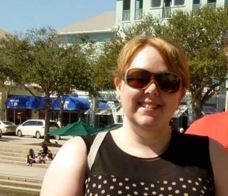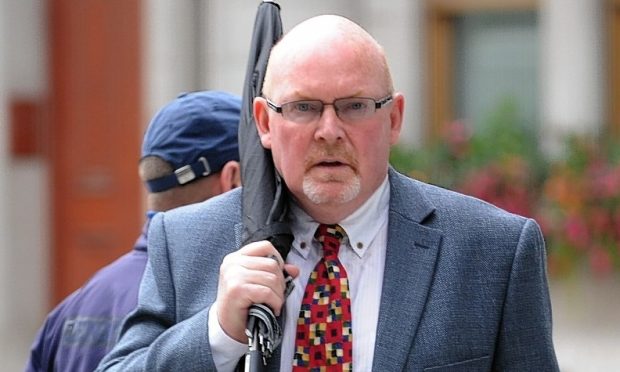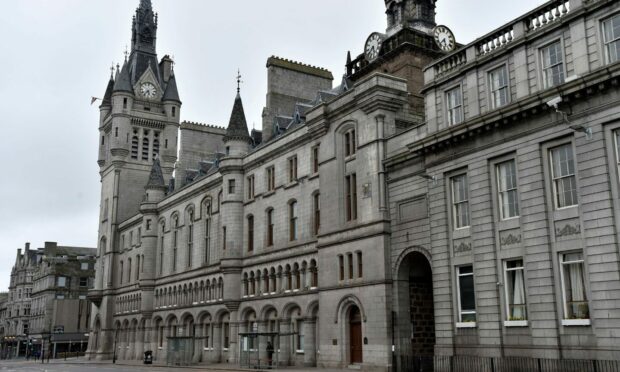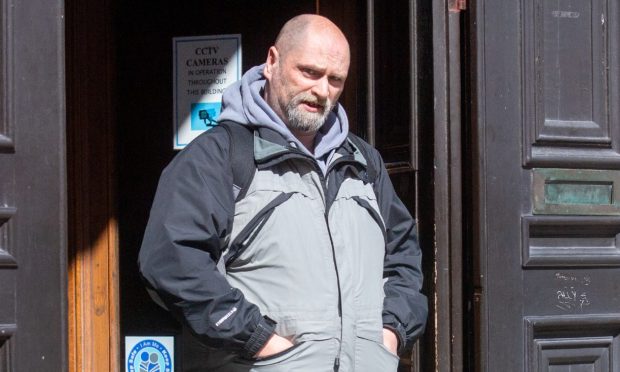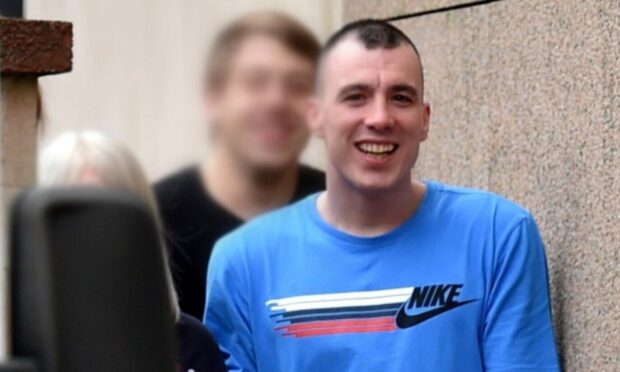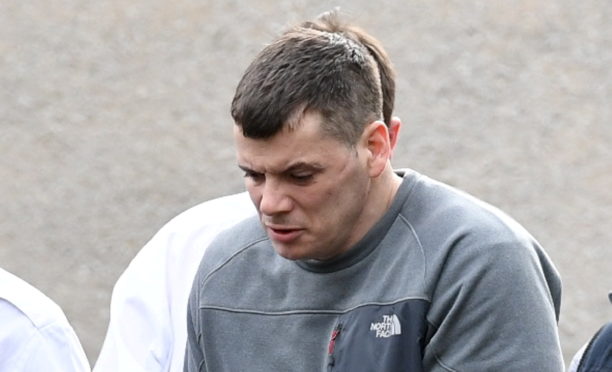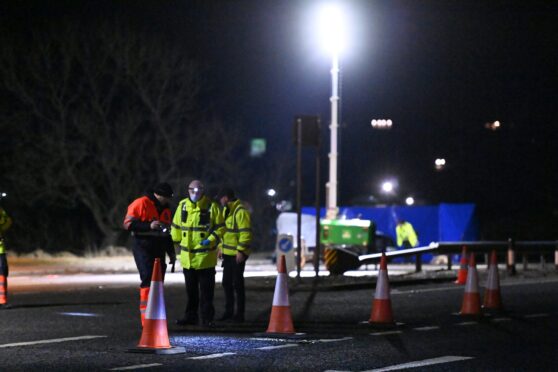A woman who died in a head-on crash on the A9 told her husband she was tired just over an hour before the tragedy, a Fatal Accident Inquiry has heard.
Amanda Harold, 44, died at the scene of a crash on the Inverness to Perth road near Dalwhinnie on March 30, 2016.
A Fatal Accident Inquiry held yesterday at Inverness Sheriff Court heard that Mrs Harold was heading north towards Inverness from her home in Cumbernauld on a work trip when the collision occurred.
Her Mazda 6 car collided with a silver Vauxhall Astra estate driven by Gary Methven, who was driving south with his wife and twin daughters.
Mr Methven, a soldier, described how he was aware of a “steady stream” of traffic heading the opposite direction on the single carriageway section of road before noticing a black car pulling onto the wrong side of the road and into his path.
He said: “I put on the brakes and slowed as much as I could.
“I tried to pull over to the left but I couldn’t go that far because there was barrier.”
He said it was if the car “followed” him across the road.
Mrs Harold’s Mazda came to rest on the carriageway, while the Methvens’ car stopped on top of a barrier at the side of the road.
The court heard that the cars collided head-on and both suffered significant damage at the front, primarily on the drivers side on both vehicles.
Emergency services were soon on the scene but Mrs Harold was pronounced dead by a paramedic at the scene.
The Methven family were taken to Raigmore Hospital in Inverness for treatment to minor injuries.
Rosalind Rankin, a consultant pathologist at Raigmore Hospital, said that Mrs Harold had suffered “serious chest injuries”, adding that “death would have been almost immediate”.
Procurator fiscal Gary Aitken read a written statement by Mrs Harold’s husband Patrick who said he had last spoken to his wife in a phone call around 70 minutes before the crash.
He said he recalled she had said she had stopped because she was “feeling tired”.
The court also heard a witness statement by a Helen Morley who had been following Mrs Harold’s Mazda and reported seeing it briefly driving partly along the verge further south.
She suggested that the car had pulled out from behind another vehicle in the moments before the crash and “powered forward”.
However, Constable Lewis Macdonald who was involved in the collision investigation said police had concluded that the collision had been caused by the driver “falling asleep, inattention or distraction”.
He said there was no physical evidence that suggested Mrs Harold had attempted to avoid the collision, which would typically be found in a collision caused by overtaking.
